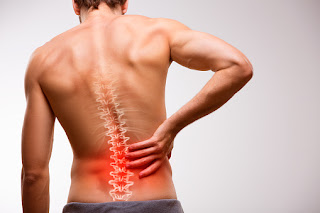Common Back Pain Myths

Back pain is extremely common. In fact, 80% of people will have significant back pain at some point in life. Back pain symptoms vary from person to person. They can be sharp or dull, lasting or brief. Myths regarding back pain are also common. Can you recognize the myths and facts that follow? Here are common back pain treatment myths : Myth 1: Spinal manipulation mobilizing the joints in the spine) is the best method for treating low back pain. A study showed that exercise was proven to be more effective than manipulation (only 10% required manipulation). Myth 2: Ultrasound and electrical stimulation are proven to aid recovery from low back pain. These types of passive treatments provide no long-term benefit, do not treat the underlying problem, and do not accelerate healing time. Myth 3: Back pain is caused by inflammation. Inflammation does occur in certain conditions, and may be present when low back pain is acute; however, the majority of back pain is mechanical and can respond p
